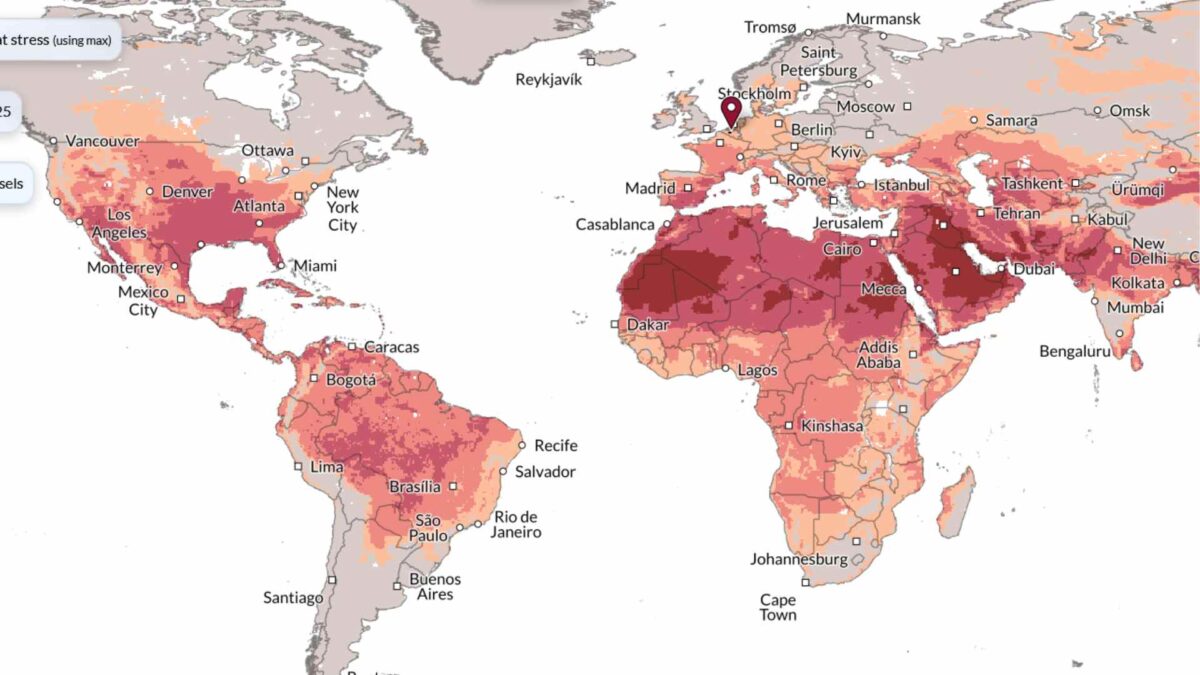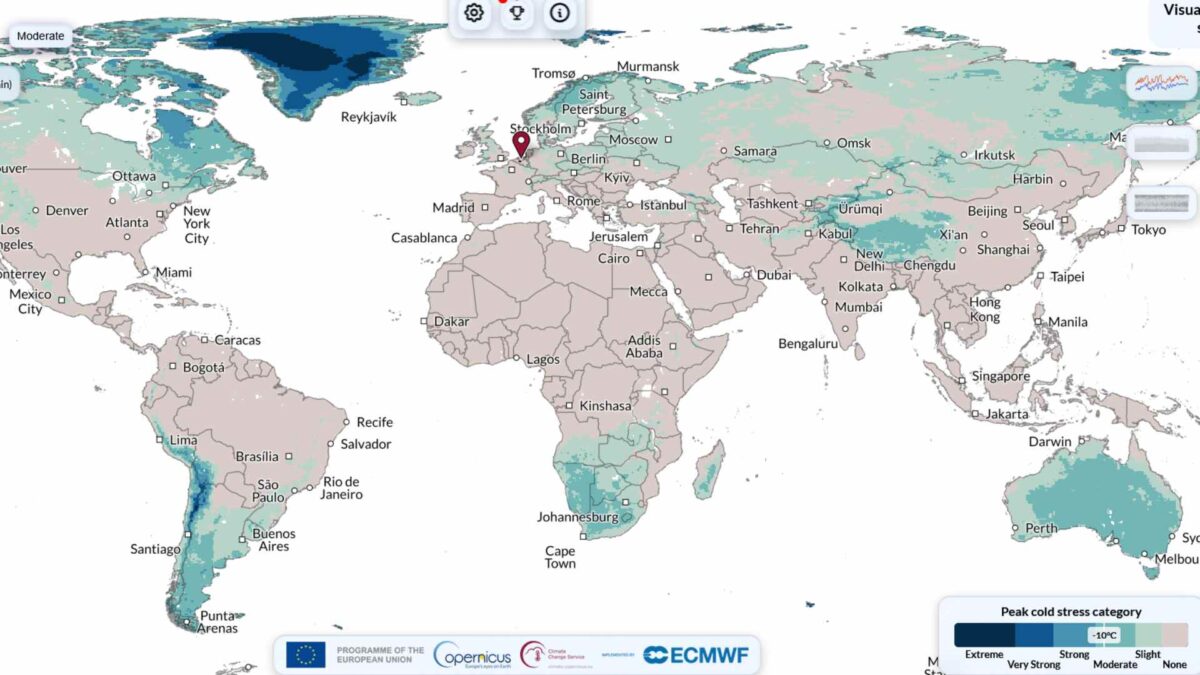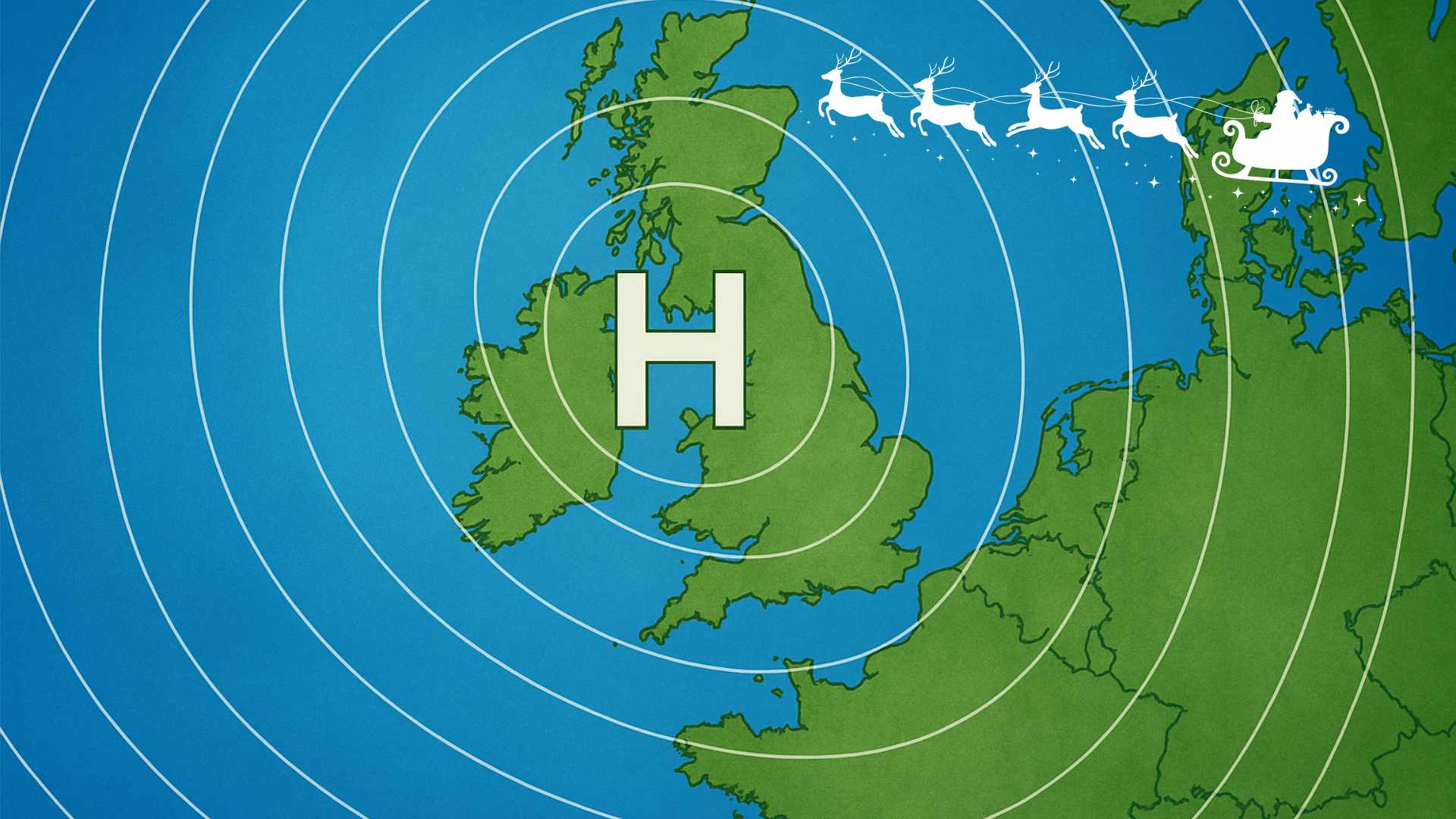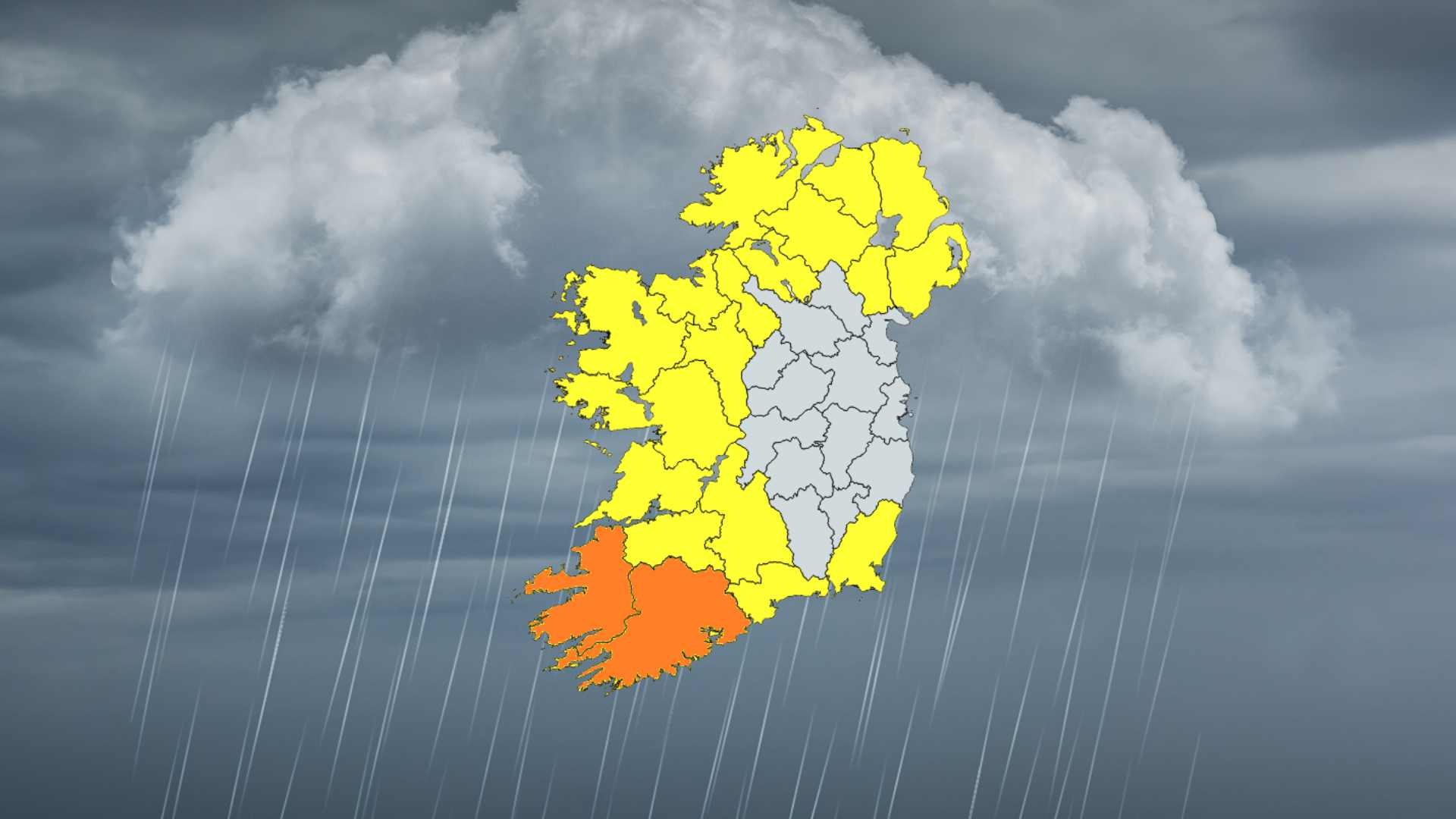
New tool tracks global heat and cold stress

Screenshot from the new Thermal Trace application, showing the peak heat stress reached across the globe in June 2025, from moderate to extreme based on the ERA5-HEAT Universal Thermal Climate Index.
A new application called Thermal Trace has been launched to help monitor heat and cold stress worldwide.
Developed by the Copernicus Climate Change Service (C3S) and the European Centre for Medium-Range Weather Forecasts (ECMWF), the tool allows journalists, policymakers, scientists and the general public to explore decades of data through maps, charts and visualisations.
The application uses the Universal Thermal Climate Index (UTCI), which calculates a ‘feels-like’ temperature by accounting for temperature, humidity, wind speed, sunshine and how the human body responds to its surroundings. Thermal Trace enables users to examine variations in thermal stress over the past 85 years up to five days before the present day.
Users can view daily, monthly, seasonal and annual statistics, including the number of heat stress days, tropical nights, and maximum and minimum temperatures. Data can be downloaded directly from the app, and the full dataset is available in the Copernicus Climate Data Store. The app is free to use and does not require an account.
Rebecca Emerton, a climate scientist at C3S, said the tool aims to make thermal stress data “more accessible than ever before” and to support decision-making around human health and safety.

Access the new tool here.
Share this WeathÉire story:







